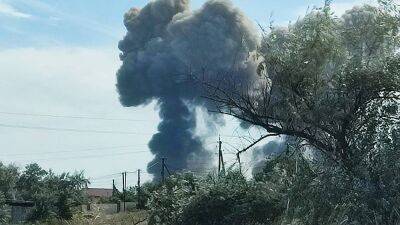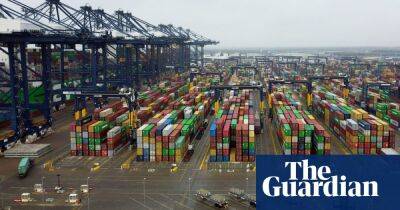Why do Britain’s roads melt and its rails buckle in heat?
Extreme temperatures have led to widespread problems and disruption on Britain’s railways, with trains running at slow speeds and main lines closed. Airport runways and some roads have also shown they can be susceptible to heat.
Steel rails expand and tend to buckle in the heat – whatever the climate. According to Network Rail, railways worldwide are designed to operate within a 45C range, according to the local conditions. In the UK, steel rails are “pre-stressed” to summer temperatures of 27C, whereas in countries with hotter climates, rails are pre-stressed to higher temperatures.
Sleepers and ballast must keep the rails in place in the British winter and summer. When the temperature hits 40C, rails can reach 60C and expand and buckle. A train travelling fast over rails can hasten that process through the heat caused by friction, and could be in more danger should buckling occur – hence the widespread speed restrictions.
The overhead wires on electrified routes also expand and sag in the heat, and contract in cold weather. Engineers have solutions, with the tension automatically mitigated by a pulley system. But eventually the counterweights hit the ground and wires sag – making them more likely to be tangled in a pantograph, the device on top of the train that draws power from the lines.
Motorways and strategic roads are built with modified asphalt surfaces that – so far – should not start melting, being resilient past 60C, or an equivalent air temperature of 40C, according to National Highways. However, basic asphalt materials used on local roads – the vast majority – can start to soften at temperatures of 50C. At that point, Prof Xiangming Zhou, head of civil & environmental engineering at Brunel University, says: “The
Read more on theguardian.com




















